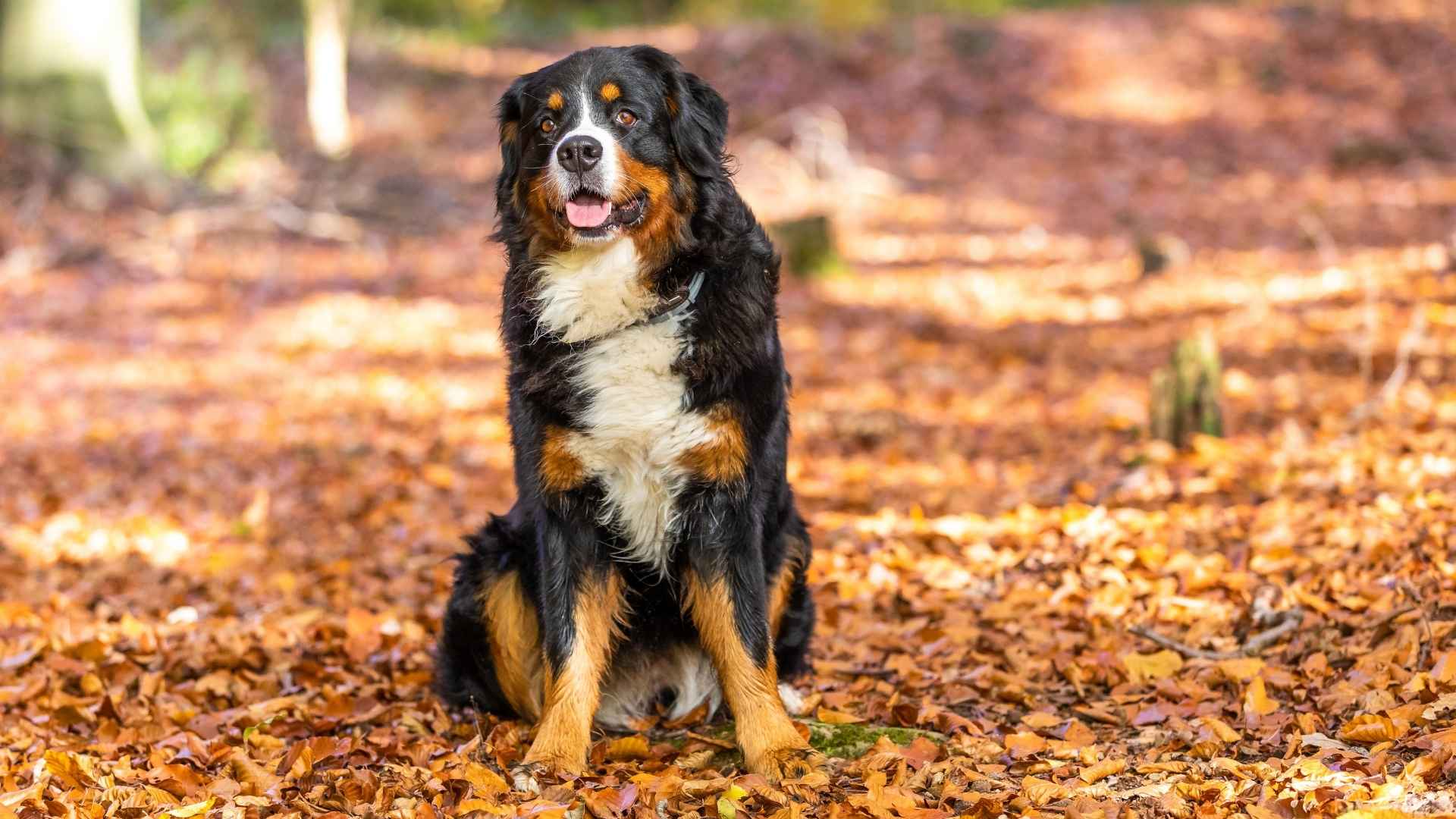Imagine living with a dog that calmly follows your lead, greets guests without jumping, and blends into your daily routine without disruption. For many pet owners, good behavior isn’t just a bonus; it’s a priority.
While training plays a role, some breeds naturally excel at being well-mannered. They’re emotionally balanced, quick to learn, and handle new environments with ease. These traits make everyday life smoother, whether you’re managing a busy family schedule, sharing walls with neighbors, or introducing a dog into a home with other pets.
Behavior isn’t only about obedience, it’s also about predictability, cooperation, and sensitivity to human cues. The best-behaved dogs don’t just listen; they observe, adapt, and stay composed under pressure.
In this article, we explore breeds that consistently stand out for their manners and adaptability. If you’re looking for a loyal companion who’s as calm as they are capable, this list is your starting point.
Best Behaved Dog Breeds
1. Cavalier King Charles Spaniel

The Cavalier King Charles Spaniel is a small breed that blends well into family life due to its gentle personality and calm presence. They are emotionally in tune with their surroundings and thrive on companionship without demanding constant stimulation.
This breed learns quickly when guided with kindness and consistent routines. They respond best to soft voice cues and positive reinforcement, making them easy to manage even for first-time owners.
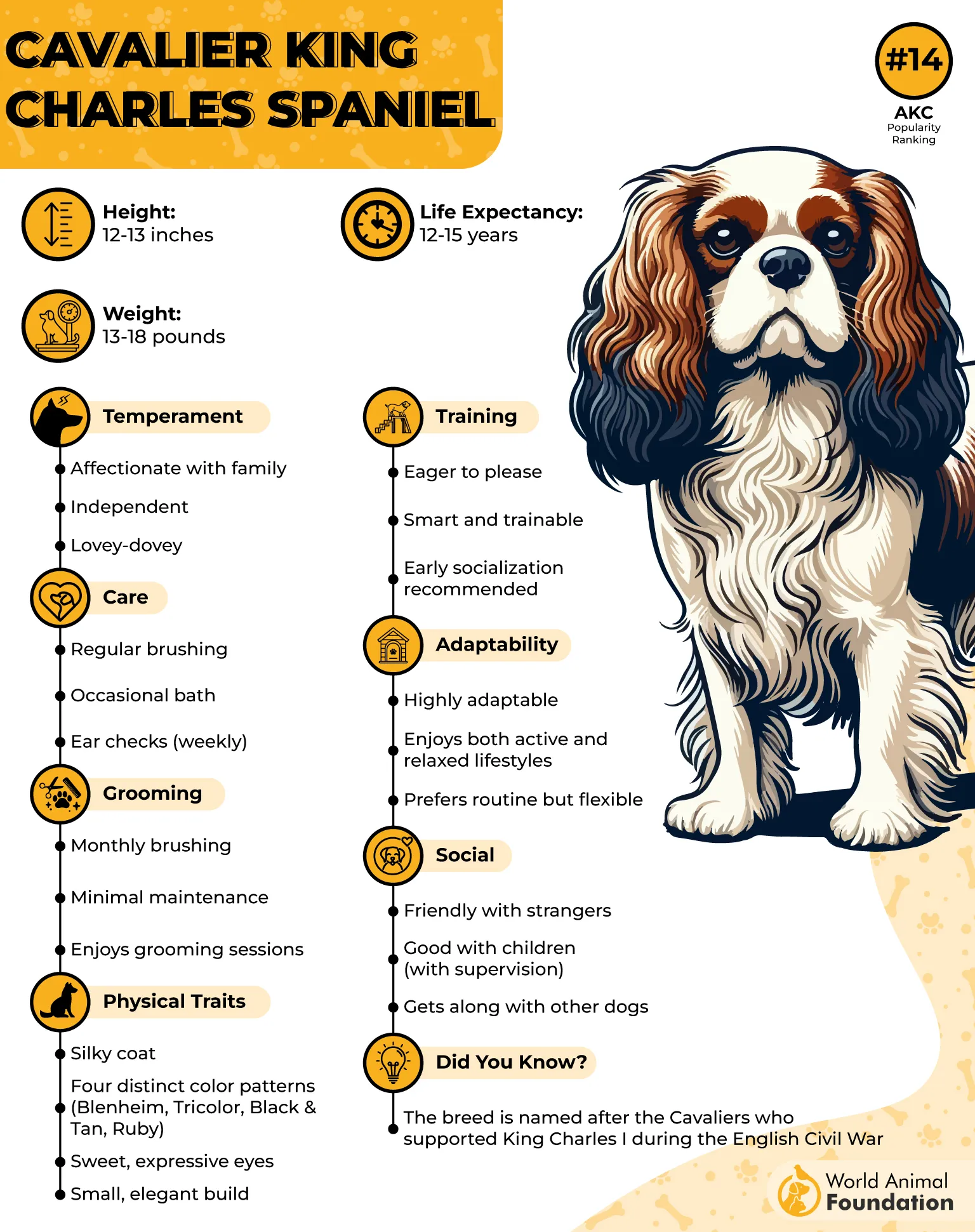
Cavaliers are known for their patience with children and relaxed behavior around other pets. Their ability to stay composed in unfamiliar environments adds to their reputation as reliable, well-mannered companions.
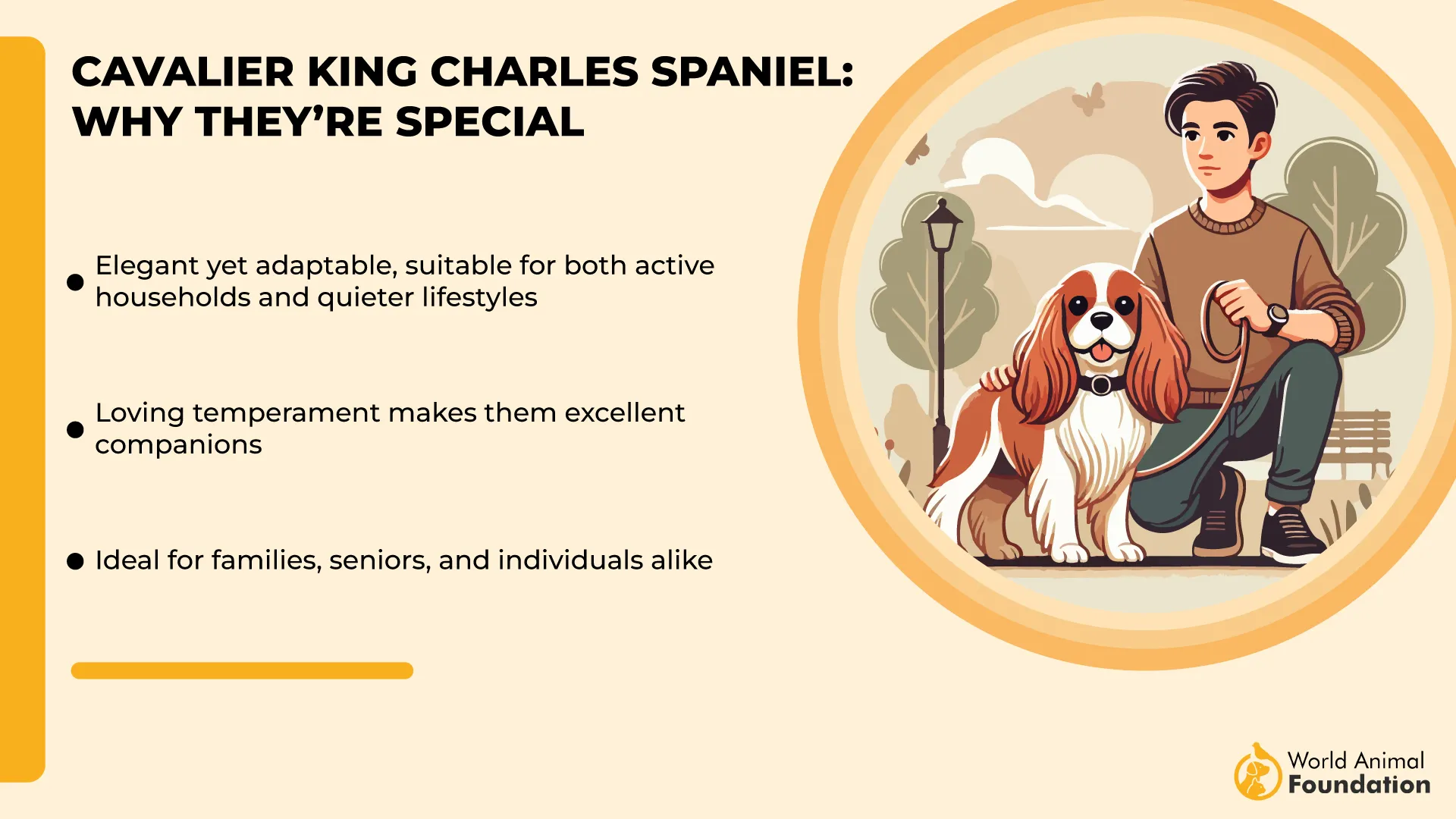
According to the AKC, Cavaliers were bred to be affectionate house dogs, and their social nature makes them eager to please. They typically don’t challenge authority or boundaries when given clear expectations.
Moderate grooming is required to maintain their coat, especially around the ears and chest. Daily brushing during shedding seasons helps minimize tangles and keeps them looking clean and tidy.
Quick Tips
-
Introduce routines early for best results
-
Use light grooming tools to protect the coat texture
-
Practice short training games to build trust
2. Golden Retriever
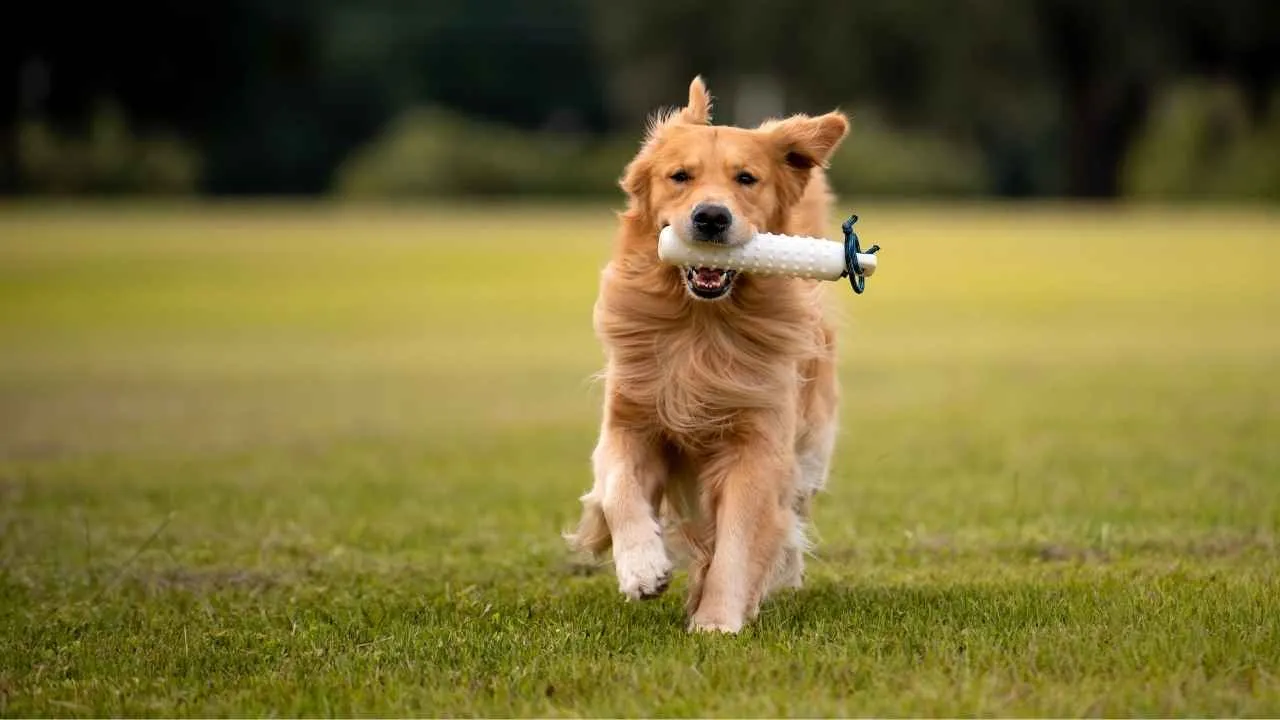
Golden Retrievers are admired for their balanced temperament and natural cooperation with people. They’re dependable, emotionally stable, and well-mannered even in active households.
Early training is highly effective with this breed due to their strong desire to please. Their high trainability makes them excellent candidates for obedience, therapy, and family roles requiring emotional consistency.
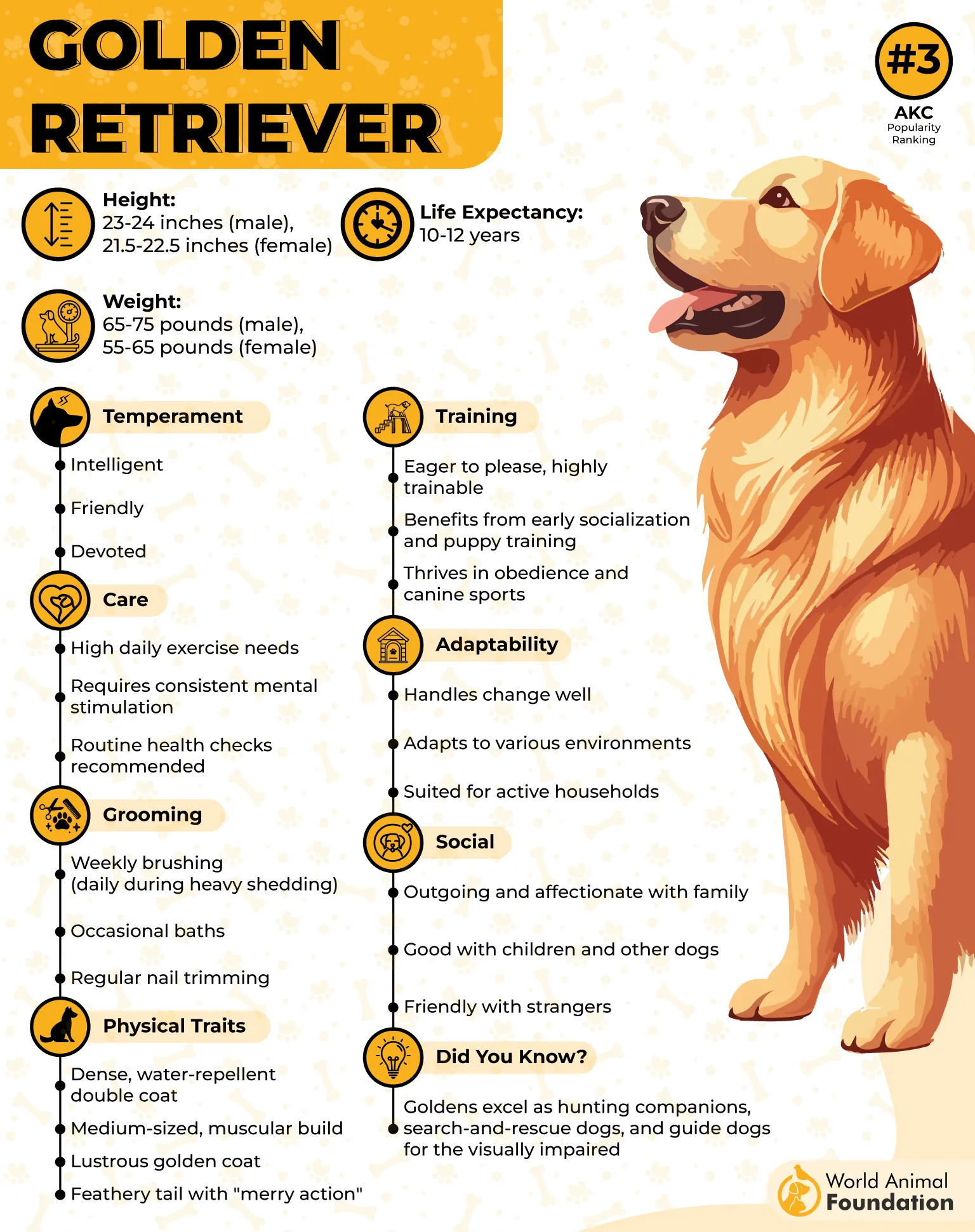
Goldens are especially tolerant of children and can adapt to homes with multiple pets. They show restraint in unfamiliar situations, making them trustworthy in public or during travel.
Daily exercise is essential to maintain their emotional stability. Without it, restlessness can develop, though destructive behavior is rare in well-adjusted individuals.
Their thick coat requires regular maintenance, especially during seasonal shedding. Brushing two to three times a week helps prevent matting and reduces the amount of hair around the house.
Quick Tips
-
Reward calm behavior to reinforce good habits
-
Use scent or retrieval games to balance energy
-
Monitor coat and ears regularly for signs of buildup
3. Labrador Retriever

A Labrador’s best traits often show up in moments of challenge. Whether it’s staying composed in a noisy environment or waiting patiently for commands, this breed excels in real-time cooperation, not just textbook obedience.
Social exposure from an early age strengthens their already friendly disposition. They don’t typically lash out or retreat when overstimulated, making them reliable around kids, other pets, and unfamiliar settings. Their instinct is to engage, not resist.
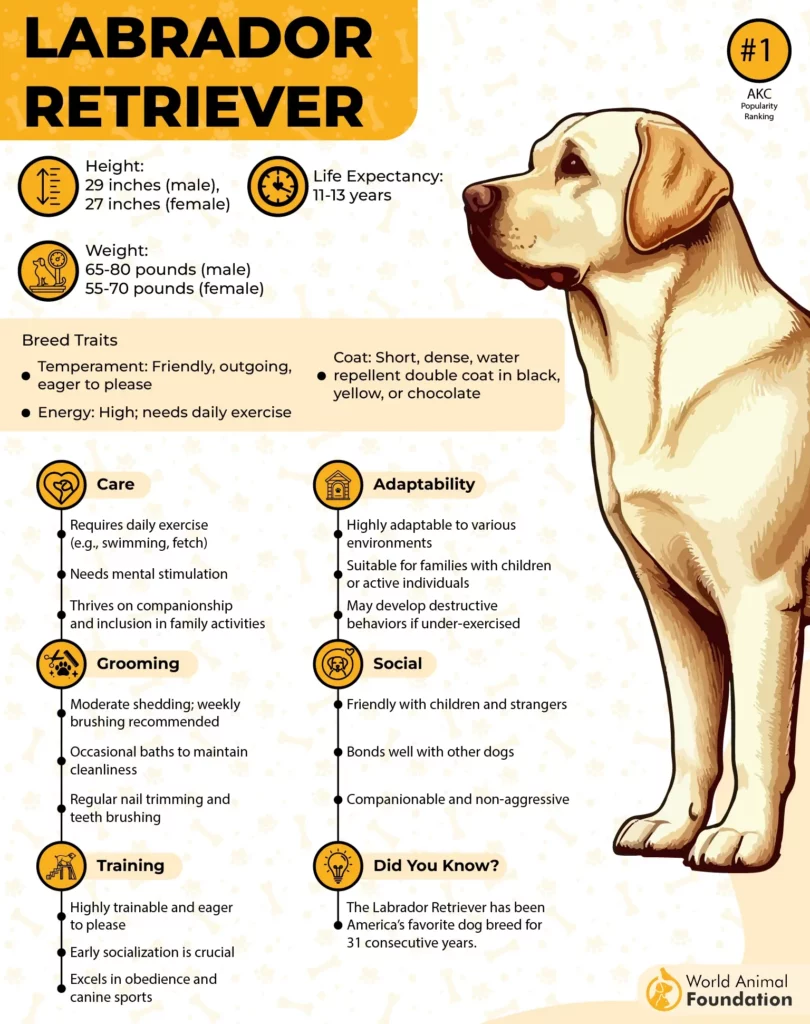
As noted by WebMD, their problem-solving ability is matched by an eagerness to learn, making them ideal for pet parents who want a dog that quickly understands structure and expectations.
While Labs are known for their energy, it’s not unmanageable. Regular activities, swimming, fetching, or basic drills, aren’t just beneficial, they’re necessary to keep their behavior smooth and controlled indoors.
Care routines are simple but best maintained consistently. Brushing a few times a week keeps their dense coat in check. Occasional ear cleaning and dental care help prevent common issues in this otherwise low-maintenance breed.
Quick Tips
-
Incorporate basic training into everyday routines
-
Introduce calm exposure to various people and pets
-
Pair exercise with command reinforcement
4. Bernese Mountain Dog

Known for their gentle demeanor, Bernese Mountain Dogs are natural peacekeepers in family settings. Their calm personality allows them to adapt to busy households without becoming reactive. They are not impulsive, even when surrounded by noise or activity.
Large but incredibly mild, they’re excellent with children and tolerant of other pets. According to Britannica, their reliability stems from strong working instincts paired with a steady temperament developed over centuries of draft and farm work.
They may appear laid-back, but these dogs need purpose. Structured routines with low-impact tasks, like carrying a backpack on walks or learning basic commands, help maintain their focus and behavior indoors.
Coat care is essential, especially due to their thick double coat. Weekly brushing and attention to seasonal shedding can reduce discomfort and matting.
Their intelligence makes training straightforward, though they need patient reinforcement. Harsh methods tend to shut them down emotionally, while gentle consistency brings out their best traits.
Quick Tips
-
Use functional tasks to satisfy their working instincts
-
Focus on gentle leadership rather than correction
-
Brush more frequently during seasonal coat changes
5. Poodle
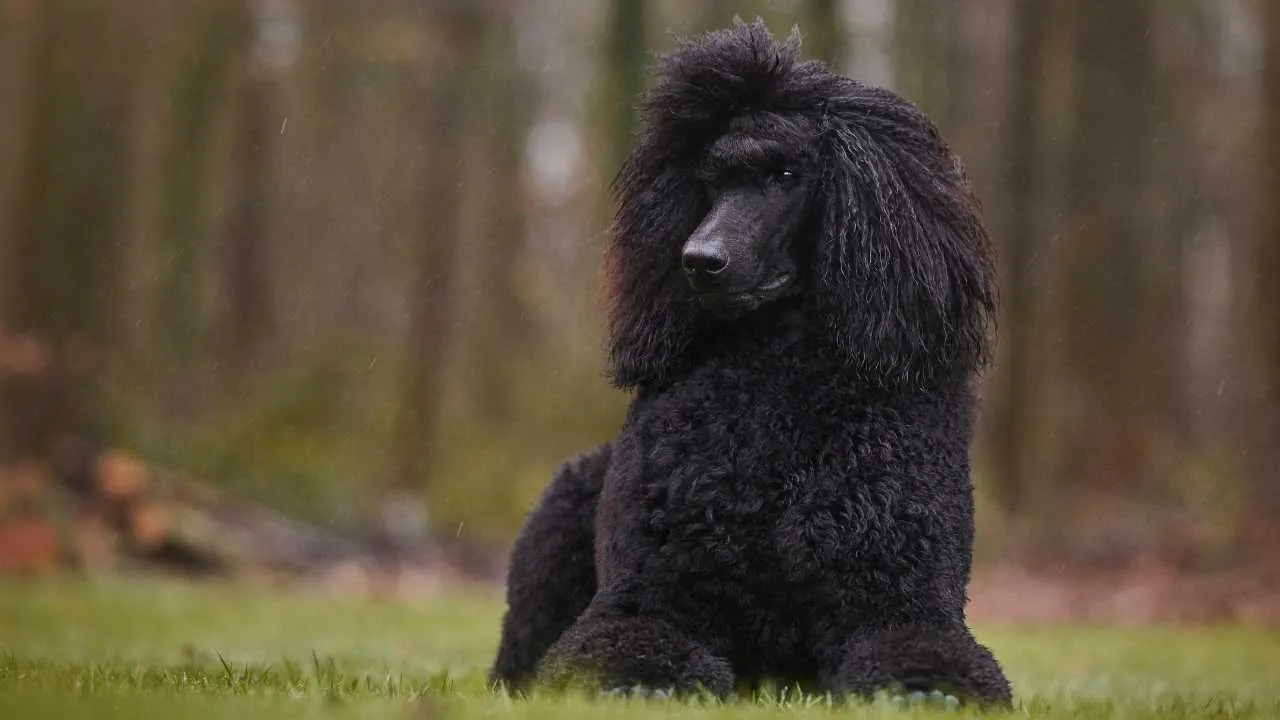
Whether in toy, miniature, or standard form, the Poodle stands out for its sharp mind and exceptional composure. These dogs quickly adapt to expectations and routines, making them particularly well-suited to homes that value structure and predictability.
Their intelligence isn’t just academic—it’s social. Poodles are highly sensitive to tone, body language, and even mood shifts, which makes them remarkably responsive in training and daily interaction.
Despite their reputation for elegance, they’re not high-strung. Regular mental stimulation paired with moderate physical activity keeps behavior in check. Without structure, however, they may invent their own routines—often less desirable ones.
Their hypoallergenic coat requires upkeep but also benefits allergy-sensitive households. Clipping every 4 to 6 weeks and brushing several times weekly prevent matting and skin issues.
Training should stay dynamic. Poodles excel in environments that challenge them intellectually, from trick routines to problem-solving games. Stagnant routines can lead to restlessness.
Quick Tips
-
Rotate toys and training tasks weekly
-
Keep grooming tools specific to the coat type
-
Use hand signals to tap into their sensitivity
6. Newfoundland
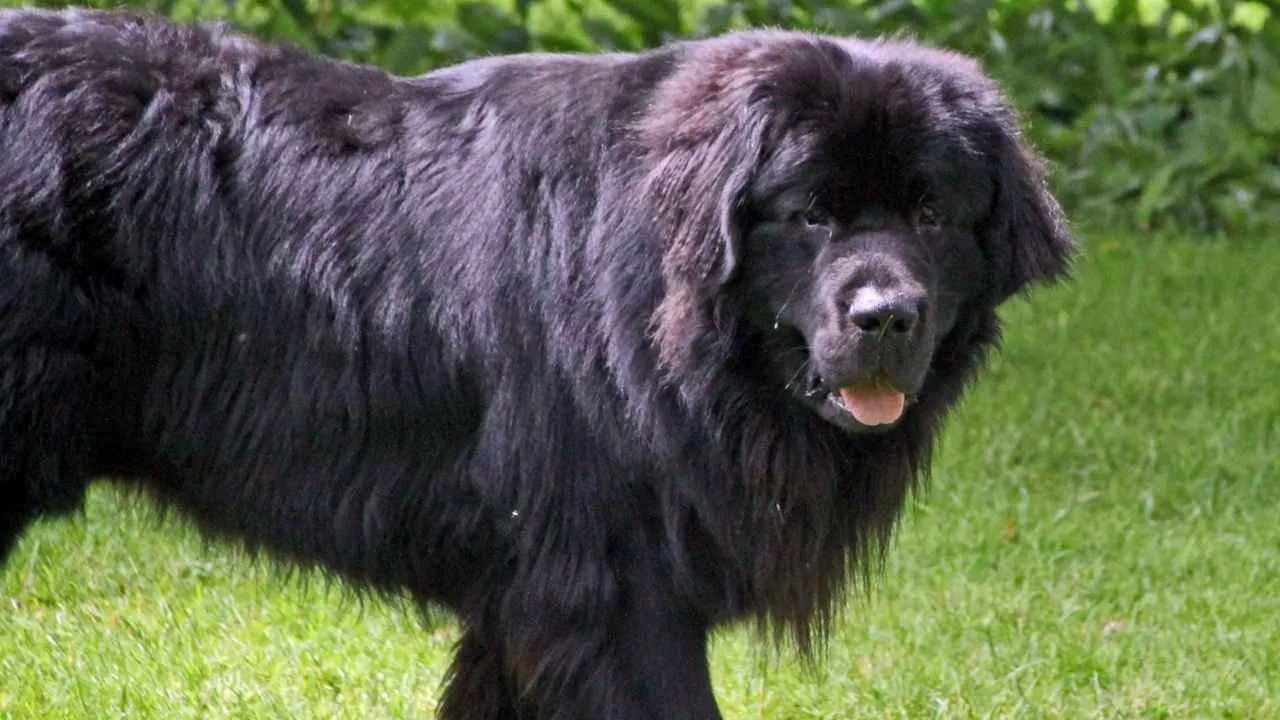
Gentle doesn’t always mean inactive. The Newfoundland combines size with serenity, offering a powerful presence that rarely disrupts a calm environment. These dogs observe before they act, which makes them surprisingly manageable despite their large build.
They’re naturally nurturing. As Purina UK explains, Newfoundlands are often referred to as “gentle giants” for their instinctive protection of family members, especially children. This trait isn’t learned, it’s embedded in their temperament.
Training goes best with patience and trust. Harsh discipline can damage their confidence, while calm repetition and praise lead to long-term success. They’re not pushovers, but they are deeply cooperative when respected.
Because of their water-resistant coats and love for water and swimming, they need regular brushing and skin checks, especially in warmer climates. Joint support through proper diet and moderate activity is also important.
Don’t mistake calmness for laziness. They enjoy low-impact play, pulling light loads, or simply following you from room to room, always quietly watching.
Quick Tips
-
Schedule short, gentle walks to protect joints
-
Introduce new commands slowly but consistently
-
Provide cooling mats or shaded rest areas in summer
7. Beagle

Beagles are driven, curious, and vocal, yet with proper engagement, they’re also among the most focused and cooperative breeds. Their sense of smell dominates their thinking, so routines that use scent channels help reinforce control.
Beagles thrive when given structured boundaries and regular outlets for energy. Without them, they may act out not from defiance, but from sheer mental overflow.
Their loyalty is underrated. Though independent, they bond tightly with their families and often display unexpected levels of patience when trained from an early age. Positive, food-based reinforcement works better than corrections.
They need a strong routine. Beagles do best when their days include clear transitions—walks, meals, rest—without sudden changes. This helps manage their natural impulsiveness and keeps behavior more predictable.
Grooming is easy, but their ears and weight need monitoring. Their love for food must be balanced with activity to prevent obesity-related issues.
Quick Tips
-
Use food puzzles to slow down meals
-
Reinforce commands during walks to sharpen focus
-
Monitor sound sensitivity in shared living spaces
8. Boston Terrier
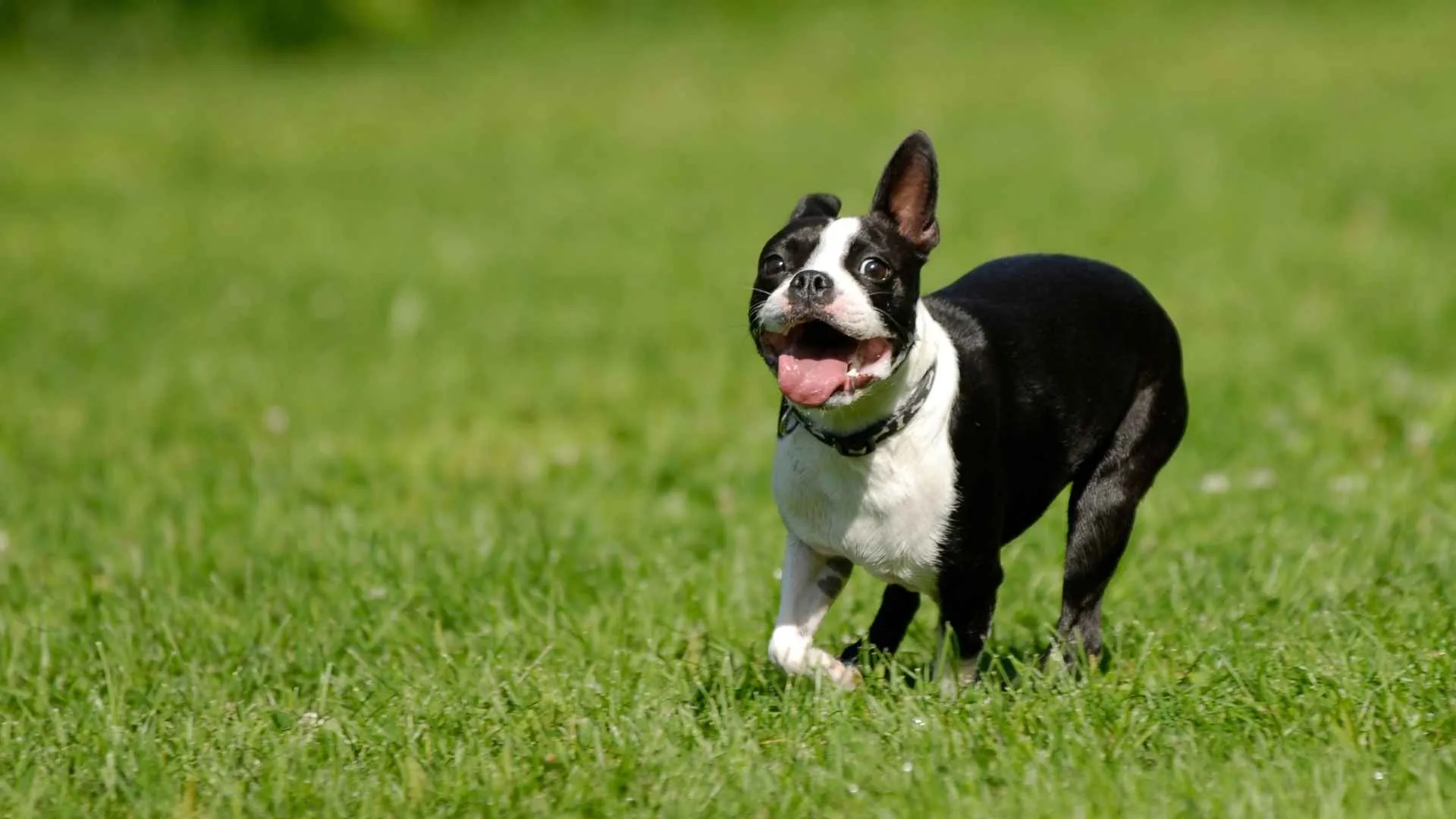
Boston Terriers are compact, intelligent dogs with a well-earned reputation for being naturally polite. Their even temperament and willingness to follow routines make them ideal for apartment living or structured households.
While energetic, they’re not hyperactive. With a short walk and a bit of indoor play, their energy is well-managed. Boston Terriers are highly people-oriented and thrive on human attention, often adjusting their behavior to match household dynamics.
Training is typically straightforward. They respond best to gentle, consistent instruction, especially when paired with praise or small treats. Because they’re observant, they pick up on household habits quickly.
Their smooth coat is easy to maintain, requiring only light brushing. They’re also relatively quiet, which makes them well-suited for shared living spaces or homes with nearby neighbors.
Their expressive faces and eager-to-please nature make them one of the most charming and agreeable companion breeds. They rarely push boundaries if properly engaged.
Quick Tips
-
Keep training sessions short and upbeat
-
Offer a soft, quiet resting space to recharge
-
Avoid harsh discipline; gentle correction works best
9. Shetland Sheepdog
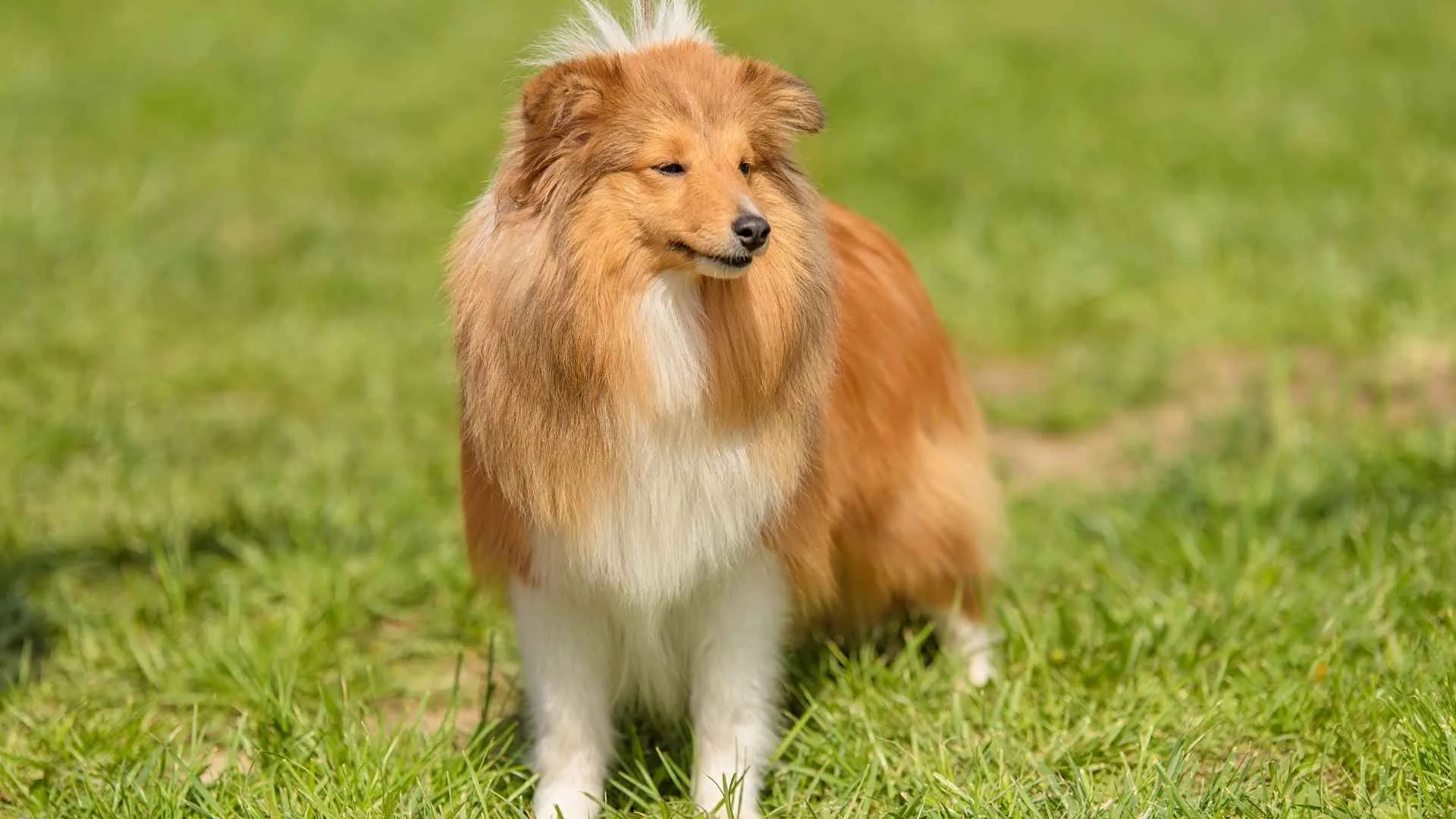
Shetland Sheepdogs, or Shelties, bring precision and responsiveness to daily life. These intelligent dogs are known for their quick reactions and their almost uncanny ability to predict their owner’s next move.
Shelties are highly trainable and excel in structured environments where commands are consistent. Their behavior improves dramatically when given mental challenges, such as agility drills or learning multiple commands at once.
Though they’re energetic, their activity is purposeful. They prefer task-based play and enjoy being given responsibilities, guarding the home, herding toys, or accompanying you on errands.
Their double coat requires frequent brushing, particularly during shedding season. Without grooming, their fur can become tangled and uncomfortable, especially behind the ears and around the tail.
While Shelties can be reserved with strangers, they are rarely aggressive. Early socialization helps them remain calm and collected in busy households or unfamiliar settings.
Quick Tips
-
Use obedience games to keep focus sharp
-
Brush 2–3 times a week to manage coat health
-
Exposure to varied sounds early to reduce reactivity
Conclusion
When it comes to dog behavior, not every breed responds the same to training or routine. While some breeds ranked highly for their ability to follow commands and stay calm under pressure, others fell to the bottom of the rankings for being disruptive, prone to whining, or likely to destroy things when left alone. In a survey conducted by companies analyzing pet behavior, breeds were scored across two categories: obedience and behavioral reliability. The total score revealed distinct patterns in how different dogs respond to structure, environment, and training.
Interestingly, popular dog breeds don’t always guarantee pretty good behavior. Some of the most cheerful and happy-go-lucky companions are also the ones that tend to beg, bark excessively, or try to ingest foreign objects.
Ultimately, choosing the right dog means understanding your own role as a pet person and how well a breed’s tendencies align with your lifestyle. The data makes one thing true—behavior is shaped as much by environment as it is by breed.


